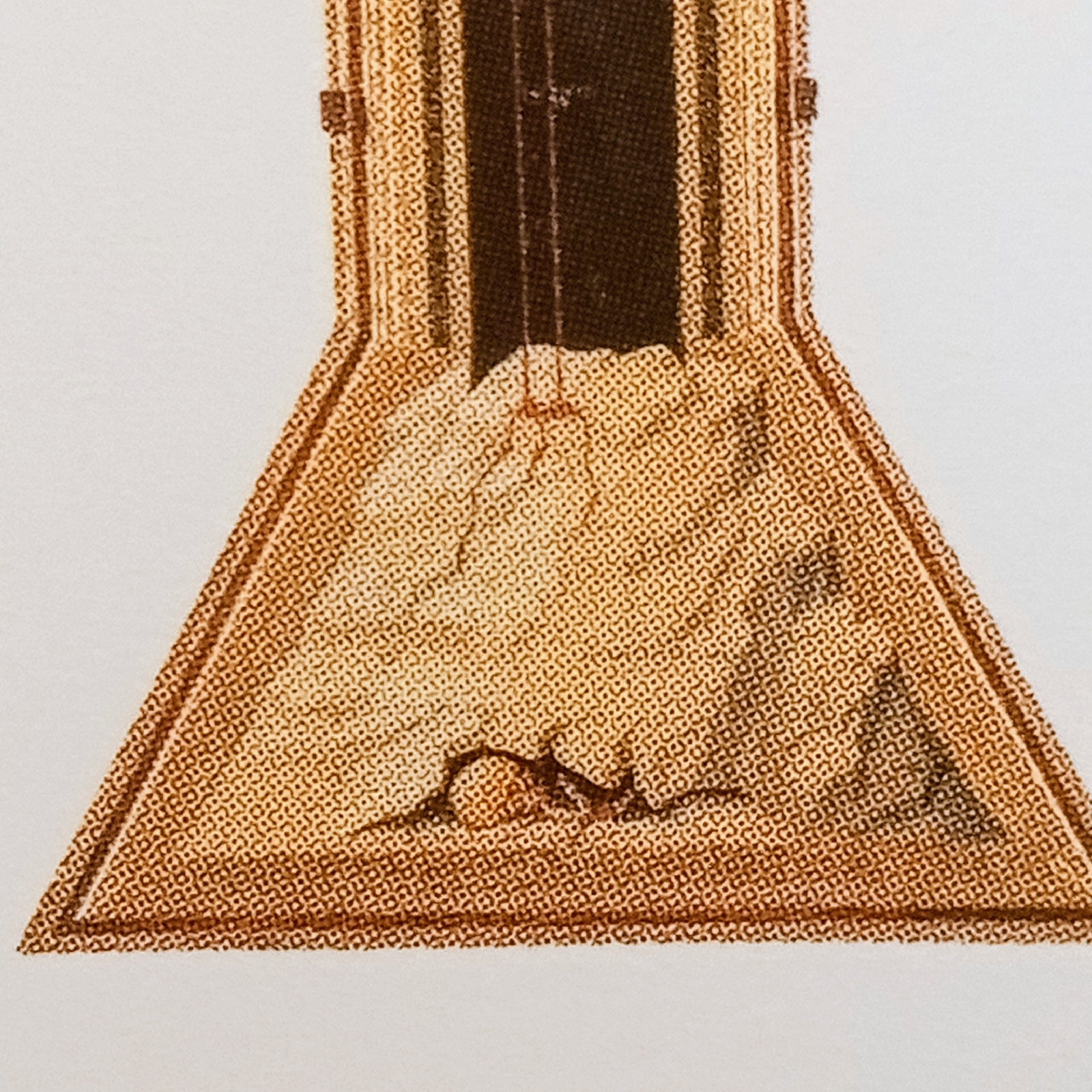Infusion
I mentioned Giotto's remarkable crucifix in a previous post; it hangs right in the middle of the nave at the Basilica di Santa Maria Novella. This isn't a photo of it (my phone camera isn't good enough to get a decent one). It's a photo of a 10 cent prayer card I bought on the way out. Not quite as good, but the earlier post shows it in it's proper setting, so go take another look.
For me, one of the striking elements was the combination of blood and skull at the bottom of the crucifix:
Now that might seem grisly, but stay with me here. There's some symbolic imagery at work. In the Bible we read that Christ was crucified at Golgotha, meaning the 'place of the skull'. Medieval Christians understood that to me the exact place at which Adam had died and been buried - it wasn't just the place of a skull, but the place of the skull.
In Giotto's painting the blood flowing from Christ is running down the mountainside and is about to 'baptise' that skull and bones. It's meant to be a vivid image of Christ's death bringing life. A kind of medieval version of a blood transfusion.
Imagine the power of that image in the medieval mind. As you walk down the nave you're presented with a striking symbol of Christ's broken body and shed blood conquering death and bringing hope of life. As you stand under that cross you're looking towards the altar where you believe the priest has blessed bread and wine, making it become in some sense that same broken body and shed blood, and which is about to be infused into your body. You may be like Adam - mortal - but life lies right in front of you.
If you can get yourself inside the medieval imagination, it's a stunning artwork brilliantly placed.
(If you do want to get into the medieval imagination, I can't recommend highly enough C S Lewis's superb book The Discarded Image)
« Newer Post
« Newer Post
« Newer Post
Older Post »
Older Post »
Older Post »






Thank you for these explanations about the paintings - your Sunday school series on great paintings in Colorado still sticks with me...K
ReplyDeleteOh, now that was fun!
DeleteThank you for explaining all that and if you have the time, can we have the Sunday school series on great painting too?
ReplyDeleteGladly!
Delete